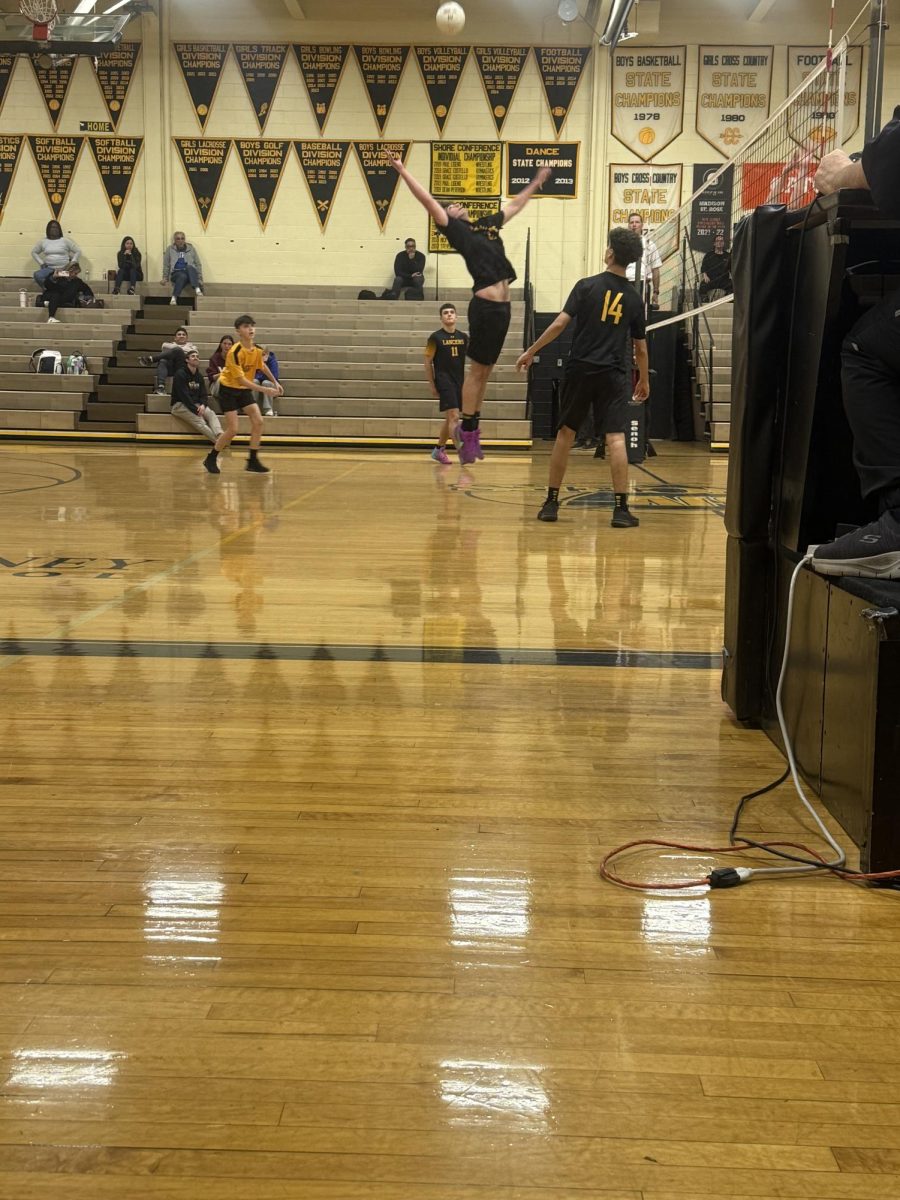Hawksbill Sea Turtles on the Brink of Extinction

February 11, 2022
Have you ever heard of the hawksbill sea turtle? Hawksbill sea turtles are the smallest in population of the seven turtle species who live within Earth’s oceans. Hawksbills have been officially considered critically endangered and are in great need of human assistance.
These turtles can be found living on the coastlines and are suffering from rising sea levels, pollution, and coastal development. Hawksbill sea turtles swim through the tropical waters of the Atlantic, Pacific, and Indian Oceans. Sadly, only about 8,000 hawksbills remain today and this is due to many different factors.
The most prominent of those factors being the mutual relationship between the turtles and coral reefs. The decline of coral reefs directly affects hawksbills and vice versa. Hawksbills feed on organisms including sea urchins and sponges- both found in coral reefs. The hawksbills’ diet is what keeps the coral reefs habitable for many organisms. When the turtles eat sponges and urchins from the surface of the reefs they provide better access for fish to feed on coral. This both helps fish reach their food and allows the coral to thrive. Without the turtles, the sponge and urchin population would explode causing large-scale erosion. This could eventually lead to the collapse of coral reefs causing many other organisms to go extinct.
Negative human impact on the hawksbills’ lifestyle has contributed to their demise. Female hawksbills lay their eggs every two to three years. Due to this long period of time in between each hatching there is a lot of room for population decline. The females return to their natal beaches for nesting season and because of coastal development some of these beaches are no longer suitable for laying eggs. The beaches must be undisturbed and without artificial light. The light can cause the babies to become confused and wander inland. The time between leaving the nest and reaching the water is considered the most dangerous time of their lives. 
Multiple large organizations are working in an attempt to save the turtles. The Convention on International Trade in Endangered Species has forbidden the trade of any turtle products on the international market. This trade ban includes hawksbill turtle shells, which are often pursued by humans. Hawksbill turtles are also poached for their meat and eggs, although it is illegal because of their endangerment level.
The Convention on Migratory Species is another organization that is creating marine sanctuaries and aquatic preserves for the turtles to live in a safe environment. The goal of these sanctuaries is to provide a place for the turtles to live and breed. Doing this will work to regrow the turtle population so they can eventually return to sea and resume their role in the ocean.
It is our job to save these creatures and our reefs. Other organizations such as ICAPO and Defenders of Wildlife make it easy to help. By donating to ICAPO you can adopt a hawksbill or adopt a nest. The turtles and nests purchased are protected and all proceeds go towards the turtles. Defenders of Wildlife provides a list of five things we can do to save the sea turtles.
Five Things You Can Do To Save The Sea Turtles
ICAPO – Adopt A Hawksbill





